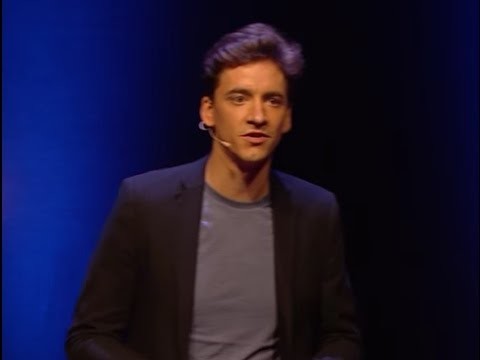Industrial livestock farming, deforestation, and fossil fuel use have released unprecedented amounts of greenhouse gases into the atmosphere. It’s been tens of millions of years since there was this much CO2 out there, and levels have never increased as fast as they did in 2015.
Some 97% of climate scientists agree that greenhouse gases emitted by human beings are having a dominant influence on the climate.
When records shatter in rapid succession, you know it’s time to worry. 2016 is on the way to being the hottest year ever. The last record year was 2015, which unseated the previous one, 2014. And the records are being broken by ever-greater margins.
We’re seeing the effects around the world. For example, over the last 30 years, at least half the ice at the North Pole has melted.







